Here’s what you should know!
In 2013, nearly 2 million Canadians suffered from diabetes [source]. Type 1 diabetes is primarily diagnosed in children and young adults, while type 2 diabetes strikes adults later in life. Type 2 diabetes often starts with such mild symptoms that adults don’t notice them. Diabetes left undiagnosed and untreated for a long time can increase their risk of developing complications later on.
If you think you or a loved one could be suffering from diabetes, your eyesight can give you crucial clues that could lead to a diabetes diagnosis. Read below to learn how diabetes affects your eyes and how to manage diabetes-related eye problems if you receive a positive diagnosis.
Eye-Related Symptoms of Diabetes
If you’re worried you might have diabetes, ask yourself if you notice any of the following symptoms:
- Blurred vision
- Frequent urination
- Frequent feelings of extreme hunger or thirst
- Slow-to-heal cuts or bruises
- Otherwise, experiencing weight loss, despite eating more, can be a symptom of type 1 diabetes
- Also, experiencing numbness, pain, or tingling in the feet or hands can be a symptom of type 2 diabetes
Why Does Diabetes Caused Blurred Vision?
If you have diabetes, your body either doesn’t have enough insulin, or your cells are resistant to insulin. Insulin helps you maintain your blood sugar levels. Without proper treatment, the level of sugar in your blood increases. This affects all tissues in your body, including your eyes. The lens in your eye can change so much that you become more nearsighted (myopic).
Getting your blood sugar under control will generally reverse this myopic shift. Poorly controlled blood sugar can start affecting the blood vessels in the retina. Early changes to your blood vessels won’t necessarily lead to lasting vision damage; however, over time, untreated diabetes can lead to blindness and permanent vision loss.
If you experience blurred vision or any other symptoms of diabetes, see your medical health professional right away. You should also visit your optometrist to rule out any other eye problems that could be causing your blurred vision.
Managing Diabetes-Related Eye Health
The Importance of Regular Eye Exams
After a diabetes diagnosis, it’s essential to stay proactive about your eye health by scheduling a comprehensive eye exam. Your optometrist will focus on checking the health of your retina and monitoring any changes in your spectacle prescription, which can fluctuate as you work to control your blood sugar levels.
New glasses are typically not prescribed immediately after beginning diabetes treatment, as your vision may stabilize within 1-2 months. Regular eye exams can help prevent minor issues from becoming serious complications.
How Diabetes Affects Your Eyes
According to the American Diabetes Association, people with diabetes are at an increased risk for serious eye conditions, including blindness. However, this diagnosis doesn’t mean you’ll lose your vision. By visiting your eye doctor regularly, you can manage or even prevent these complications. Modern treatments make managing major eye problems easier.
Three common diabetes-related eye conditions include:
- Glaucoma
- Cataracts
- Retinopathy
If you experience persistent blurred vision or other visual issues a few months after your diagnosis, it’s important to revisit your optometrist for further evaluation.
Common Diabetes-Related Eye Conditions
Glaucoma
Glaucoma is a disease that damages the optic nerve, leading to permanent vision loss, particularly in peripheral vision. Diabetes increases your risk of glaucoma by 40%. The condition is caused by high pressure inside the eye that gradually harms the optic nerve.
Thankfully, glaucoma can often be managed with treatment to prevent further damage. Treatment options include:
- Long-term use of eye drops
- Laser therapy
- Surgery
Since vision loss caused by glaucoma is permanent, early detection and treatment are critical. Visit your optometrist as soon as you suspect a problem.
Cataracts
Cataracts occur when the lens of the eye becomes cloudy, causing blurry vision and sensitivity to glare. While cataracts typically develop with age, diabetes increases the likelihood of developing them earlier and at a faster rate.
To cope with mild cataracts:
- Wear sunglasses outdoors.
- Use glare-controlled lenses instead of regular lenses.
If cataracts significantly obstruct your vision, your optometrist may recommend cataract surgery. This procedure removes the cloudy lens and replaces it with a clear, artificial lens, effectively restoring your sight.
Retinopathy
The retina is essential for transmitting light to the brain to allow you to see. Diabetes can damage the blood vessels in the retina, leading to a condition known as retinopathy.
The risk of retinopathy increases the longer you have diabetes, but good blood sugar control can significantly lower this risk. If necessary, your optometrist can refer you for retinopathy treatment to prevent irreversible vision damage.
Preventing Diabetes-Related Eye Problems
The best way to protect your vision is to regulate your blood sugar levels and maintain regular eye exams. An optometrist can identify and address minor issues before they progress, ensuring your long-term eye health.
As soon as you receive a diabetes diagnosis, schedule an eye exam to take control of your vision and prevent potential complications.




